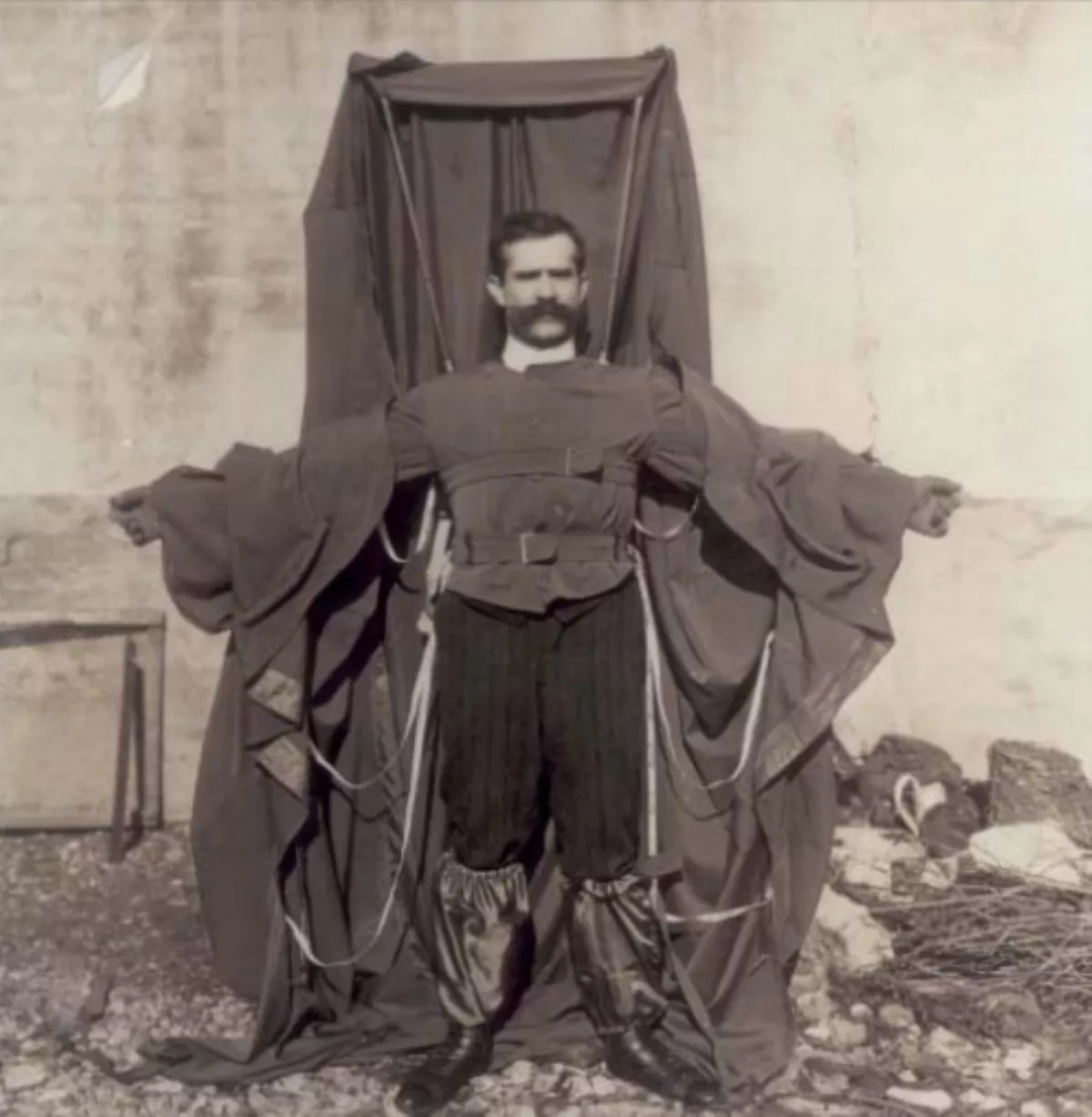 1.
1. Franz Reichelt, known as Frantz Reichelt or Francois Reichelt, was an Austro-Hungarian-born French tailor, inventor and parachuting pioneer, now sometimes referred to as the Flying Tailor, who is remembered for jumping to his death from the Eiffel Tower while testing a wearable parachute of his own design.